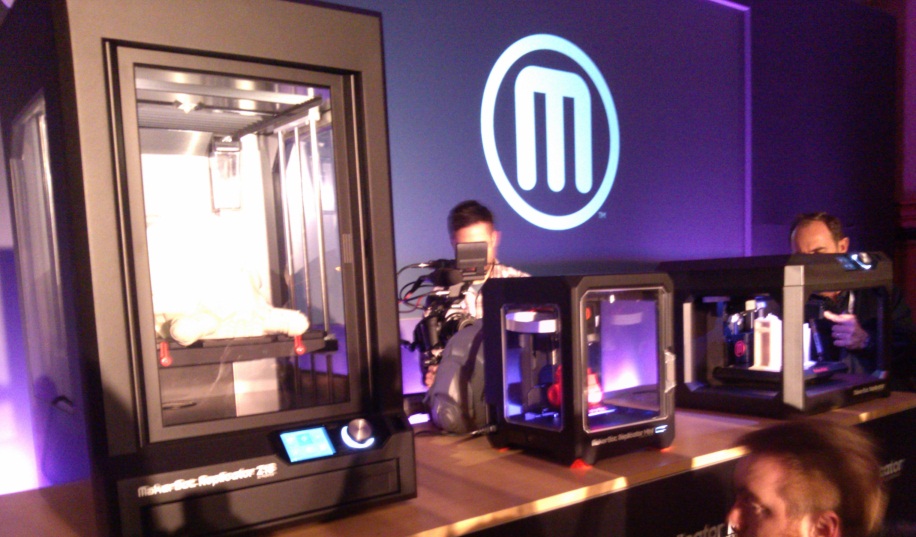
It seems that many of the grand promises of 3D printing were just proved. According to a recent Extreme Tech report: “Surgeons in Louisville, Kentucky have successfully used a 3D-printed model of a heart to study the heart defect of a 14 month-old boy and save his life.”1 Ever since 3D printing has been a thing, we have heard of the benefits that 3D printing will bring the health industry. Some of the claims have yet to materialize – such as actually 3D printing living organs – but the benefits to-date have been no less grand.
According to the Extreme Tech report, the 14-month old child – Roland Lian Cung Bawi – had multiple heart defects, including several that were nearly impossible to locate using the traditional 2-dimensional medical scanning and modeling software. With no other options, “The Kosair Children’s Hospital physician turned to the University of Louisville’s engineering school for help and was able to secure the use of a MakerBot 3D printer.”2 Nice namedrop there.
The University of Louisville engineers were able to take all of the data that the surgeons had collected, and print an exact model of Bawi’s heart. This proved to be an invaluable benefit to the lead heart surgeon on Bawi’s case, Erle Austin. The standard procedure would have been to just perform surgery and see what they could find. According to Austin:
Some people think when you do heart surgery, you go in and can see everything. Well, to see everything, you have to slice through vital structures…Sometimes the surgeon has to guess at what’s the best operation.3
Rather than simply operating and looking for the problem, Austin turned to the University of Louisville for a 3D model of Bawi’s heart:
Using data from thousands of cross-sections of hospital X-rays, Gornet [Tim Gornet, manager of U of L’s Rapid Prototyping Center at the Speed School of Engineering] chose a flexible polymer known as “Ninja Flex” to create a 3-D model. In about 20 hours on a $2,500 printer, he created a replica of the heart at a cost of about $600…Austin said the model, created to be about two times actual size, made it clear that he could create a tunneled pathway between the aortic valve and a ventricle, avoiding more cuts and multiple surgeries. Now, Roland should be able to have a normal life expectancy, he said.4
Breakthrough’s like this are exactly the sort of thing that give the pundits hope about the future of 3D printing. While printing living organs may be way off in the future, the current benefits of 3D printing are remarkable.
Check out this video documenting the story:
- Joel Hruska, Extreme Tech, “Surgeons use 3D-printed heart to save a child’s life, study heart defect,” February 25, 2014 ▲
- Ibid ▲
- Chris Kenning, The Courier-Journal, “Child’s heart fixed at Kosair Children’s Hospital with help of 3-D printing,” Feb. 24, 2014 ▲
- Ibid ▲


